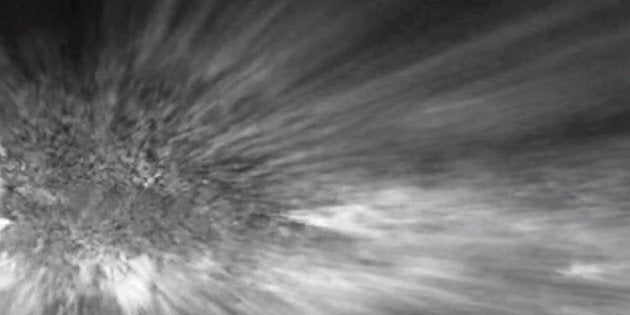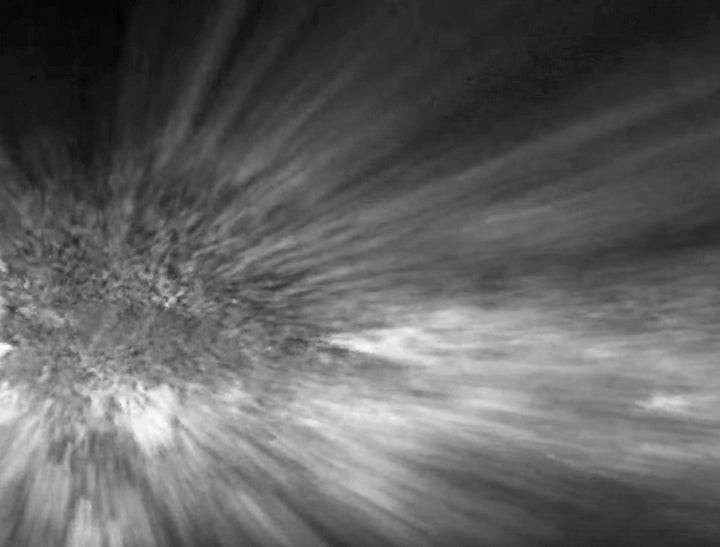

Astronomers hate dust as much as the rest of us ― even more, perhaps. It’s one thing to get a little dust in your eye that takes your vision out of focus. Now imagine this kind of dust problem on a galactic scale where it hinders scientists trying to focus their telescopes into space.
That’s part of the challenge faced by researchers at the Lawrence Berkeley National Laboratory in California, reports Space.com. They’re creating an instrument that will offer specific information on how fast the universe is growing.
This device ― the Dark Energy Spectroscopic Instrument ― will create a map of over 30 million galaxies. But in order for that map to be precise, astronomers will have to correct for the problems created by all the dust particles in the Milky Way galaxy that impede their deep space investigations.
“Because outer space is a very dusty place, that makes things very difficult for astronomers and astrophysicists who are trying to peer farther across the universe or deep into the center of our own galaxy to learn more about their structure, formation and evolution,” according to a Berkeley Lab statement.
To help with the DESI project, Berkeley researchers created the following detailed 3D animation showing dust that spans thousands of light-years in our home galaxy. The study was published this week in The Astrophysical Journal. Here’s the animation:
“The light from those distant galaxies travels for billions of years before we see it,” said Edward F. Schlafly in the Berkeley Lab statement. “But in the last thousand years of its journey toward us, a few percent of that light is absorbed and scattered by dust in our own galaxy. We need to correct for that.”
Schlafly and his team created the 3D map (seen above) fly-through of the Milky Way by using data composed of separate sky surveys from telescopes on Maui and in New Mexico, resulting in 3D dust maps “many times better than anything that previously existed,” Schlafly said.
The Berkeley scientists are looking to create higher quality dust maps which will, in turn, provide them with improved details about space dust properties.
“This can give us a much more precise gauge of distances to faraway stars in the Milky Way, like a galactic GPS,” they said.
